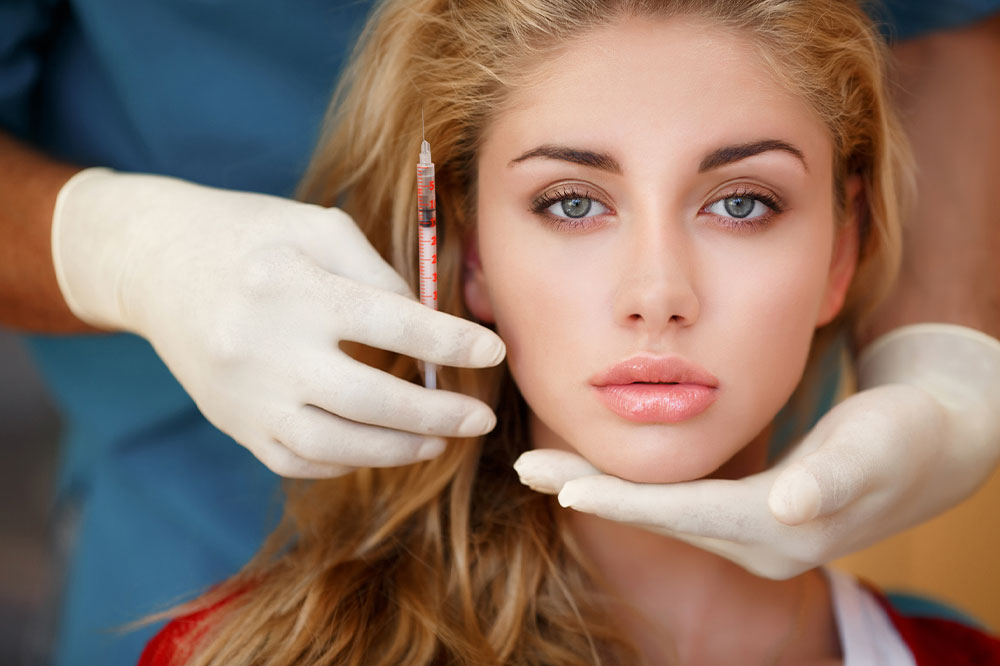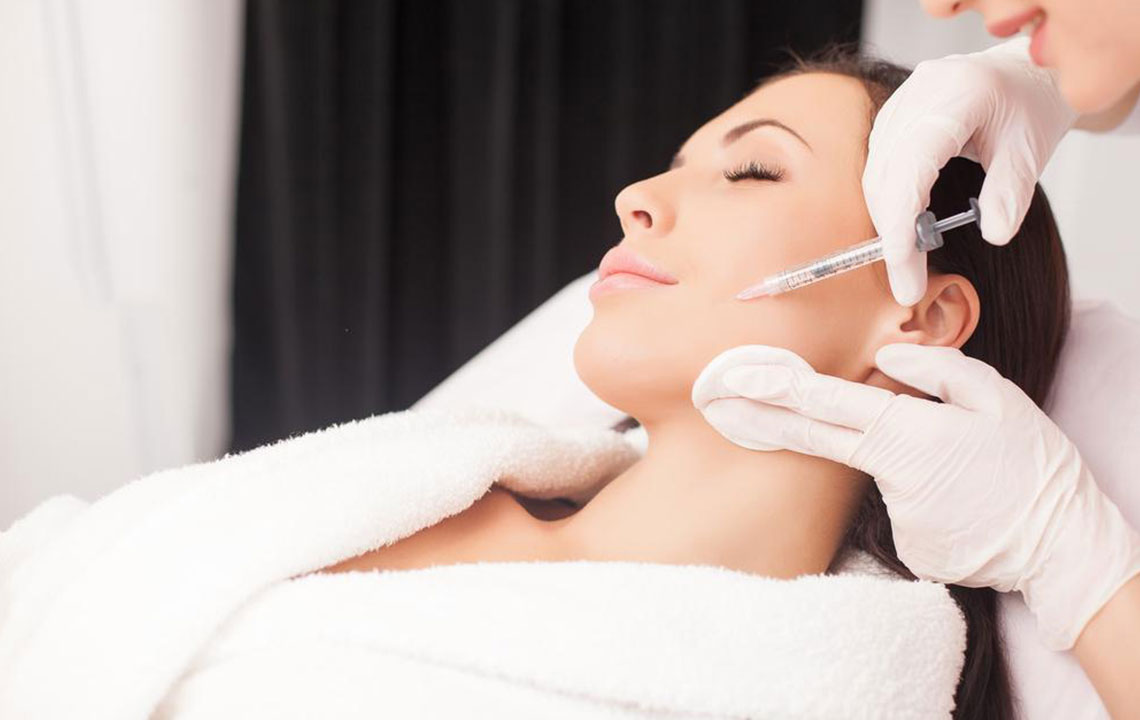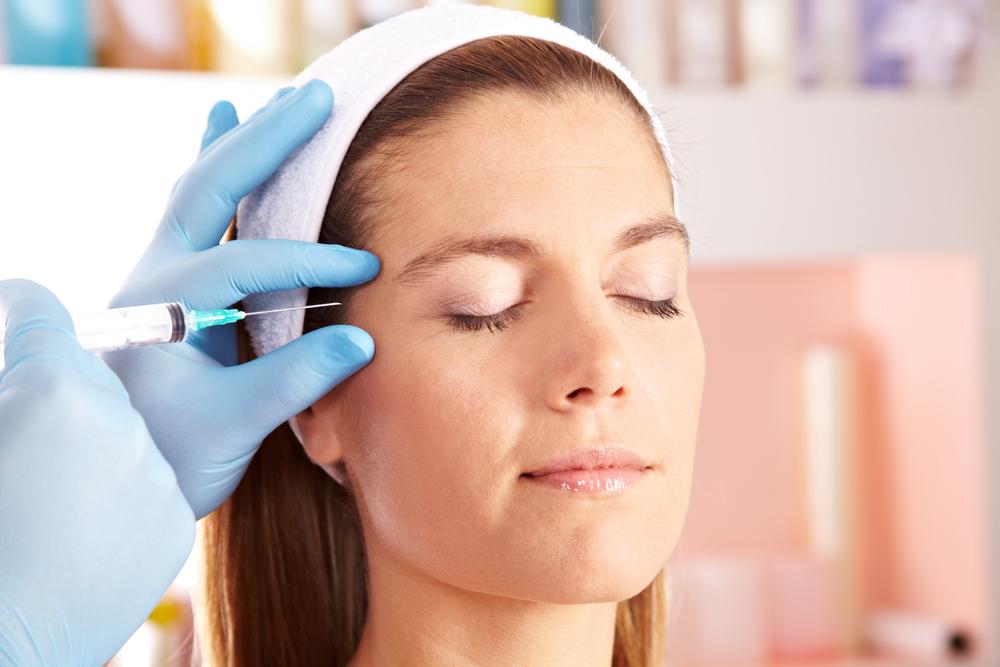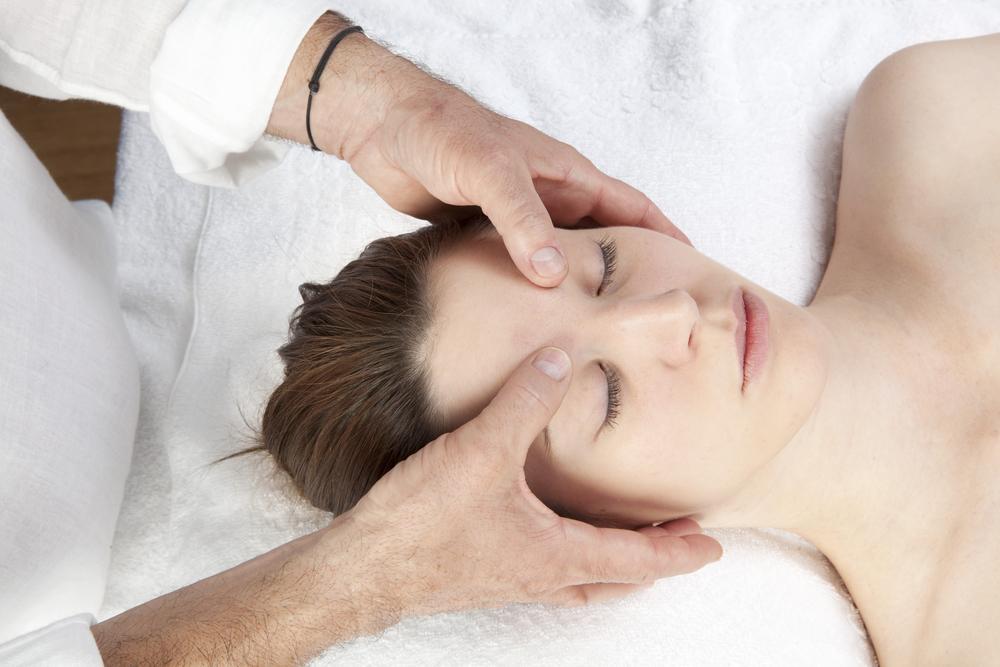Understanding Botox: Benefits, Usage, and Considerations
Explore the essentials of Botox, including its safety, benefits, application procedures, and considerations. Learn how this popular cosmetic treatment smooths wrinkles and reduces signs of aging with minimal discomfort. Understand eligibility criteria, longevity of results, costs, and important safety tips to make informed decisions about Botox treatments.

An Introduction to Botox
Botox cosmetic is an injectable treatment that relaxes facial muscles to diminish the appearance of wrinkles. It employs OnabotulinumtoxinA to temporarily inhibit muscle activity, resulting in smoother skin. The procedure is minimally invasive and generally causes little discomfort, making it a popular choice for reducing crow's feet, forehead lines, and other facial wrinkles. It is considered safe when performed by trained professionals. Here's what you need to know about Botox’s purpose and safety.
Is Botox a safe option?
Botox is regarded as one of the most effective methods for decreasing signs of aging and facial lines. The FDA approved its medical use in 1989 for eye muscle disorders, such as blepharospasm.
The FDA authorized Botox for cosmetic purposes in 2002 to treat moderate to severe frown lines. In 2013, it was approved to address crow's feet around the eyes. Prior to treatment, patients should discuss their medical history, allergies, and current health with a qualified healthcare provider. Minimal prep, such as cleansing the face and removing makeup, may be necessary. Avoid blood thinners to reduce bruising risk.
Botox works by blocking nerve signals to facial muscles, causing temporary paralysis that smooths wrinkles. It is also used to treat muscle contractions like cervical dystonia, limb spasms, and other neurological conditions. Additionally, Botox can alleviate chronic migraines in adults experiencing migraines over 15 days per month for at least four hours each, but it’s not effective for general tension headaches.
The effects of Botox typically last 3 to 4 months, although this duration can vary from less than two months to over six months depending on individual factors. It’s important to note that pregnant or breastfeeding women should avoid Botox due to potential risks. Patients should consult a licensed professional for treatment planning.
The average cost for Botox in 2016 was around $376, but prices vary based on the treatment area, number of injections, and clinic location. It is a cosmetic procedure not covered by insurance and should only be administered by qualified medical practitioners. Multiple areas can be treated simultaneously, with at least a three-month gap between sessions. Post-treatment, follow your doctor’s advice, and be aware of potential side effects like bruising, eyelid drooping, headache, dry eyes, or allergic reactions. Contact your provider immediately if adverse effects occur. Regular treatments are necessary to maintain results, typically every four months.
Important considerations: Ensure your provider is licensed and experienced, and disclose any allergies or health conditions beforehand. Proper administration minimizes risks, but incorrect injections may cause complications. Always prioritize safety and professional care for optimal outcomes.









